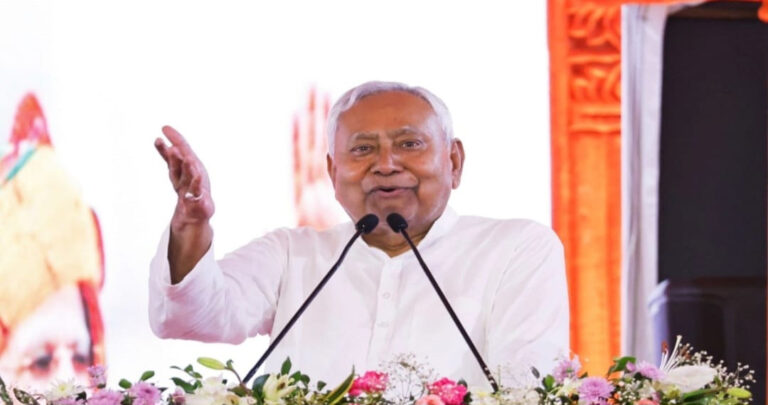
By Neeraj Kumar
Patna: The Patna Museum is on the verge of unveiling a captivating new addition that promises to bring Bihar’s rich cultural and historical heritage to life through advanced technology. The much-anticipated ‘Ganga’ and ‘Patli’ galleries, located in the rear section of the main museum and the central area of the new building, are nearing completion. These galleries will explore Bihar’s art, culture, and history, particularly from regions such as Shahabad (Ara, Buxar, Kaimur, Rohtas), Saran, Samastipur, Saharsa, Purnia, Champaran, and Bhagalpur. According to Anjani Kumari Singh, the Director General of Bihar Museum, the construction is expected to be completed by the end of this month, with the inauguration scheduled for next month.
Once open, visitors will have the opportunity to delve into Bihar’s heritage through interactive exhibits, including sculpture gardens and a display of a fossilised ancient tree in the ‘Ganga’ gallery. The gallery will also offer a unique sensory experience, allowing visitors to feel the flow of the Ganges River. The exhibits will present key cultural landmarks, such as Ram Rekha Ghat and the Chirand archaeological site, providing insight into the ancient heritage of Bihar. Information will be accessible in both Hindi and English through written descriptions and audio-visual aids.

One of the key attractions of the ‘Patli’ gallery will be a hologram of Chandragupta Maurya, enhanced with AI technology to answer visitors’ questions. Exhibits will also highlight important discoveries from Girivraj Rajgir, the first capital of Magadha, and the wooden ramparts of the 3rd century BCE. In addition to these galleries, a new garden has been developed near the main entrance, while a visitor service centre has been established to provide amenities such as a cafeteria, special guest house, and safe deposit box. A temporary exhibition space and conservation laboratories have also been set up to preserve the museum’s valuable artefacts.
The museum has created a sculpture garden between the new and old buildings, featuring statues excavated from Bihar’s historical sites. These sculptures, once part of the museum’s reserve collection, are now displayed to illustrate the region’s religious and cultural history. The garden is divided into two sections, with 104 statues representing Hinduism and Buddhism. In the Hinduism section, visitors will encounter statues of goddesses, Shivalinga, and Vishnu’s incarnations, while the Buddhism section focuses on the central figure of Buddha, surrounded by other deities.

Recently, a contemporary art gallery was inaugurated at Bihar Museum, attracting hundreds of visitors eager to explore the works of India’s finest artists, including Ravi Varma, Abanindranath Tagore, Amrita Shergil, and Jamini Roy. The gallery showcases four key contemporary art styles—abstract, minimal, pop, and surrealist art—through paintings, sculptures, and other media. Standout pieces include a depiction of Radha by Suhas Roy, a portrayal of Ashoka’s transformation by Aparna Gaur, and a haunting reflection on India’s partition by Satish Gujral. These works offer a profound commentary on society, history, and the human experience.




